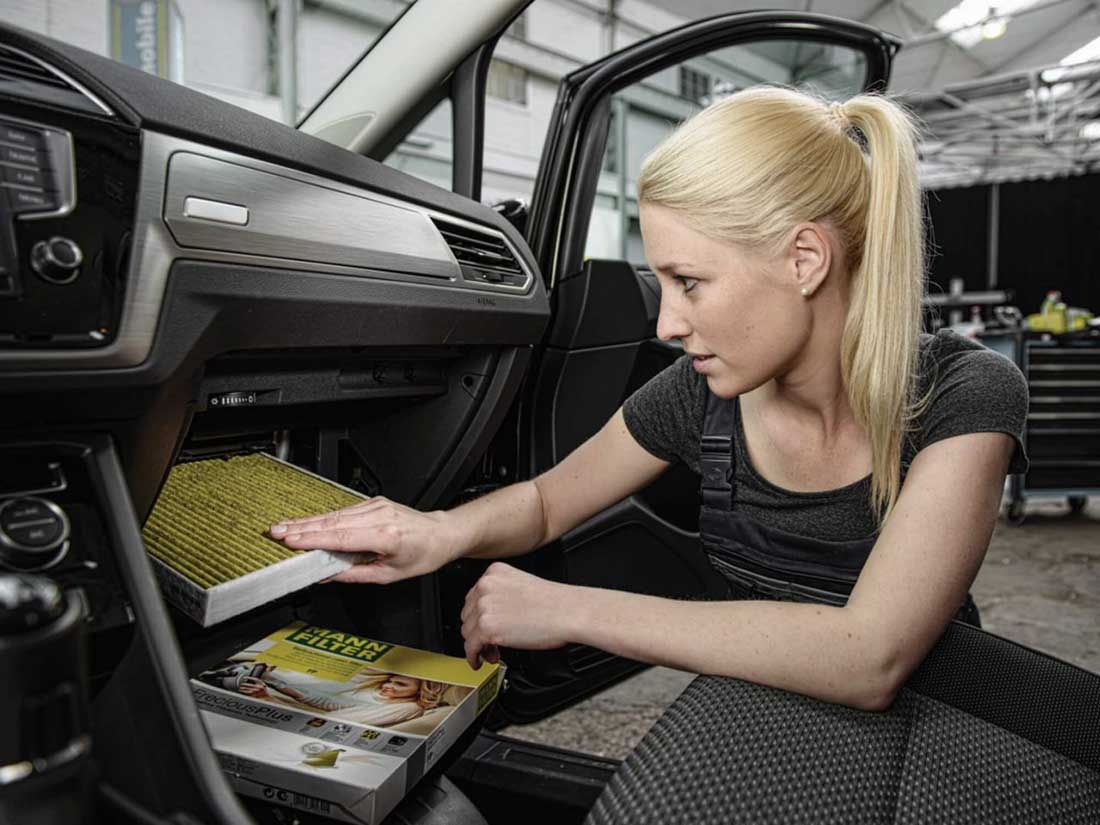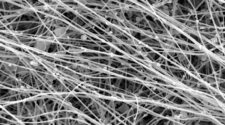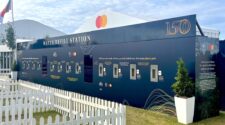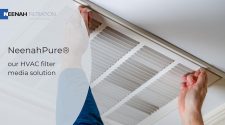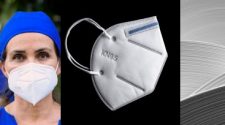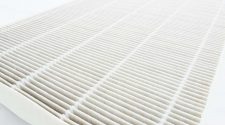In recent years, international studies have proven the impact of the smallest particles on our health: The smaller the particles, the more dangerous they are, as they can penetrate deeper into the human respiratory system and cause serious health problems, including death in rare cases. With the evolved FreciousPlus featuring nanofibers, MANN-FILTER is setting new standards in cabin air filtration. The new filter not only impresses with its filtration of ultra-fine particles, but also with the filtration of pollutants both from outside and inside the vehicle. The new filter continues to offer proven protection against allergens, bacteria, and mold.
Global filtration company MANN+HUMMEL has been successfully using nanofiber technology to filter out the finest particles for a number of years. This technology is now also available on the automotive aftermarket for premium brand MANN-FILTER cabin air filters. Since January 2024, these have been available in the form of the MANN-FILTER FreciousPlus FP 38 004 for the BMW 5 Series and 7 Series saloons, and now feature in the 5 Series Touring wagon as well.
Innovative Nanofiber Technology in the FreciousPlus Cabin Air Filter
“Our MANN-FILTER FreciousPlus FP 38 004 has the finest nanofibers, which are about 100 times thinner than the fibers of conventional filter linings,” said Thomas Heininger, Director Engineering Cabin Air Filters at MANN+HUMMEL. “These fibers form a spider’s web-like structure over the other filtration layers with coarser fibers, enabling them to capture ultra-fine particles. This means that, in addition to the PM10 and PM2. particles, the FreciousPlus featuring nanofibers can remove 90 percent of the even finer PM1 class, i.e., particulates with an aerodynamic diameter of less than 1 micrometer (0.0001 cm). The nanofibers in the FreciousPlus filter up to 80 percent of ultra-fine particles (UFP) smaller than 0.1 micrometers, thus achieving maximum values. For context, these extremely small particles are about 700 times smaller than a human hair,” Heininger explained.
Comprehensive Range of Services Throughout the Entire Maintenance Interval
The extremely thin nanofiber ensures that the FP 38 004 is resistant to humidity and temperature fluctuations and provides consistently high filtration throughout the entire service interval.
To ensure that the FreciousPlus cabin air filter with nanofibers can work reliably, it must be replaced once a year or every 15,000 kilometers. “We recommend that local experts regularly inform vehicle owners of the importance and benefits of the cabin air filter. Most car drivers are unfortunately unaware of this,” said Heininger.
In Germany, MANN+HUMMEL has been granted a patent for the nanofiber technology, which protects certain aspects of the filter media and the underlying production process. In addition, a patent application has already been filed for this technology in other countries.
New Guidelines
MANN+HUMMEL said every third vehicle interior is contaminated with bacteria, mold, particulate matter, pollen, and harmful gases. In Germany, a new VDI and ZDK guideline defines requirements for providing healthy air in cars in the long run. The new guideline 6032, sheet 1 issued by the VDI (Association of German Engineers) and the ZDK (German Association of the Motor Trade) is intended to remedy this. It regulates hygiene requirements for ventilation technology in passenger cars and trucks.
Dr. Andreas Winkens, Chair of the VDI Guidelines Committees for air hygiene in vehicles, explained: “In the new guideline, we have defined several parameters to ensure the air drawn into vehicles is hygienically clean. These include, among other things, cleaning the air conditioning system, changing intervals for cabin air filters, how these filters should be changed and, of course, the quality of filters because cabin air filters in vehicles should in fact keep out all unwanted hitchhikers. But unfortunately, filters are often old, heavily soiled or incorrectly installed. Harmful gases and noxious particles then enter the vehicle interior via the ventilation system and endanger the health of the driver and occupants. We are not talking about individual cases here, but about a mass phenomenon, since every third passenger car is marginally or heavily contaminated.”
The new guideline 6032 seeks to remedy this mass phenomenon.


